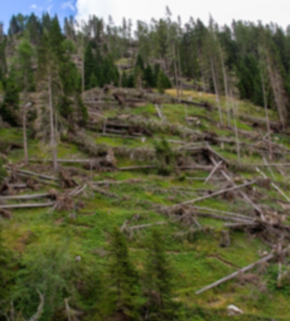
1. Restoration Concepts and Approaches

Ecological conditions and forest ecosystems in Europe vary widely and are constantly changing due to human activities, natural events, and the impacts of climate change. Restoring and managing forests in a multifunctional, integrated way can boost biodiversity, strengthen forests’ resilience to future disturbances, and enhance other ecosystem services.
The ownership and management of forest landscapes in Europe is also extremely varied: from small private owners to very large state forest enterprises responsible for hundreds of thousands of hectares. Organisations managing large areas are able to spread costs and risks more effectively if restoration activities are well-planned and programmed. Smaller owners and managers have less capacity for large-scale planning, and need simple, easy to implement policies.
When planning and implementing restoration it is essential to consider the effects of climate change not only now but also in the future. The forests we manage must be able to flourish in current AND future conditions. This requires that instead of repeating previous practices and relying on past guidance, we implement more adaptive silvicultural practices, including adaptive forest restoration, or “prestoration”.
1.1 What is forest restoration
An adaptive process improving forest health, biodiversity, and resilience in diverse contexts
1.2 Understanding forest degradation
When forests become unhealthy or lose their complex structure and ability to function properly, we call this forest degradation.
1.4 Restoration Objectives, Approaches and Adaptive Management
Forest restoration plays a central role in responding to ecosystem degradation, enhancing biodiversity, and supporting climate mitigation and adaptation. For restoration efforts to be relevant, effective, and resilient, it is critical to define clear objectives from the outset. These objectives will influence the design of restoration activities and their outcomes.






